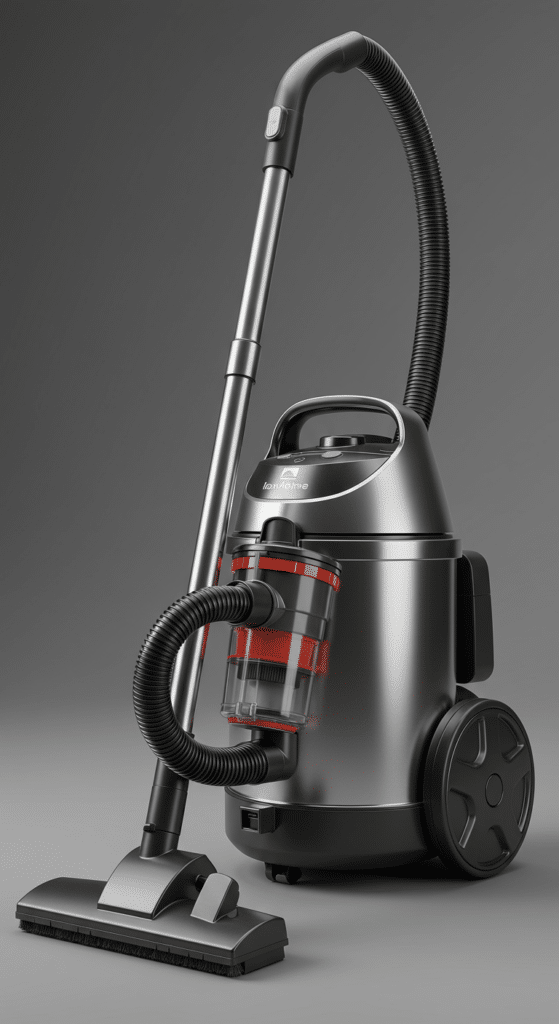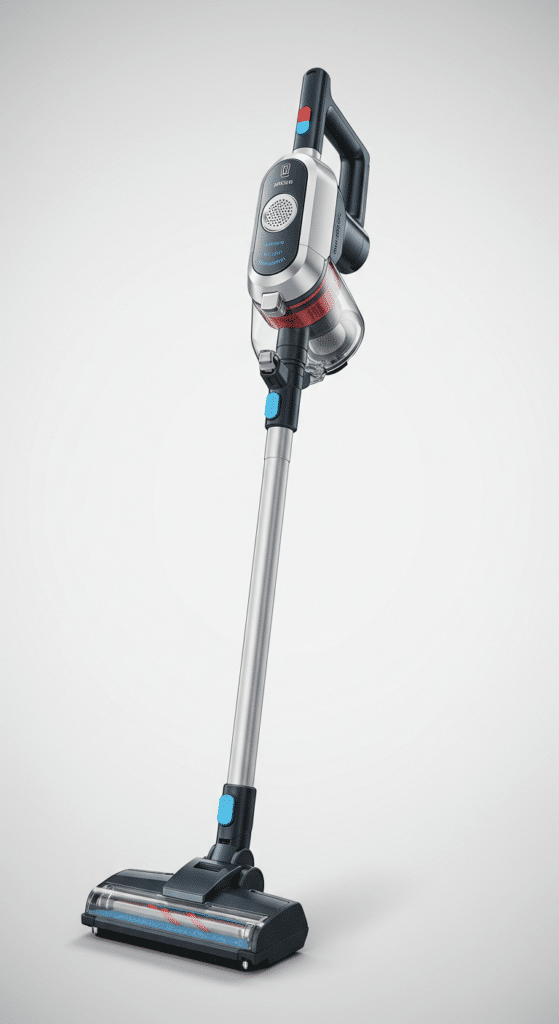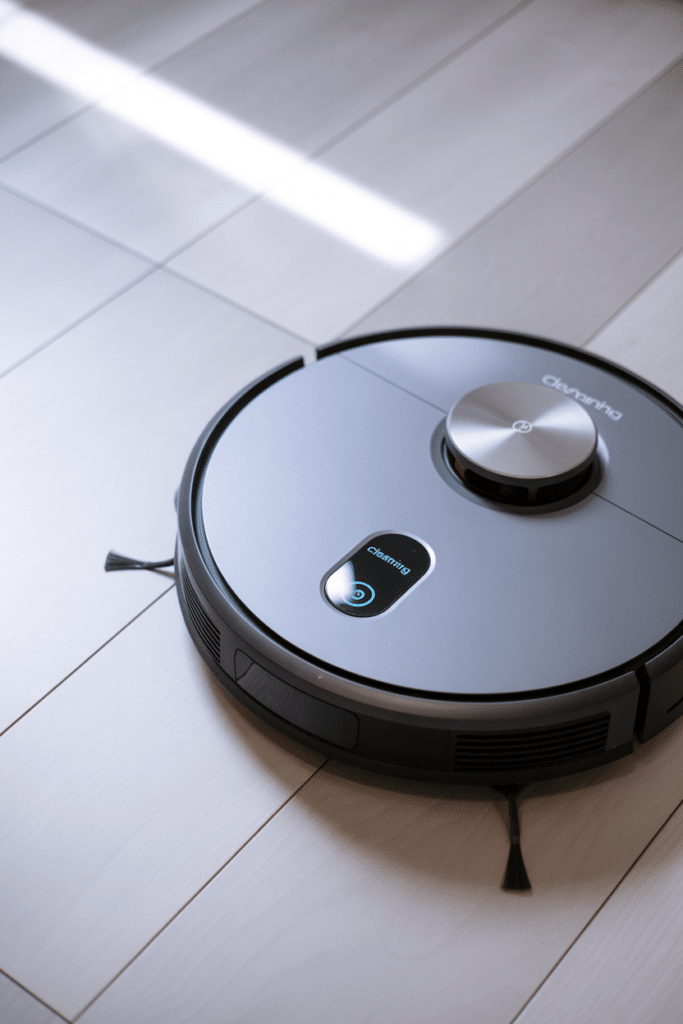Physical Address
304 North Cardinal St.
Dorchester Center, MA 02124
Physical Address
304 North Cardinal St.
Dorchester Center, MA 02124

lovingmyhomeblog.com contains affiliate links and is a member of the Amazon LLC Associates Program. If you make a purchase using one of these Amazon links, I may receive a commission at no extra cost to you. See my Privacy Policy for more information.
Hey there, fellow clean freaks! So you’re in the market for a new vacuum cleaner, huh? Trust me, I’ve been down this rabbit hole more times than I care to admit.
My last vacuum shopping experience left me standing in an aisle for nearly an hour, completely overwhelmed by all the options. Who knew something that sucks dirt could be so complicated? 🙂
Let’s cut through the noise and figure out what actually matters when choosing your next dust-busting companion. I promise to keep this real and useful—no fluff, just the stuff you actually need to know.
Before you get seduced by all those fancy features and sleek designs, let’s talk about the different types of vacuums out there. This is crucial because buying the wrong type is like bringing a knife to a gunfight—technically a weapon, but not the right tool for the job.
These are your classic, stand-up models—the ones you probably picture when someone says “vacuum cleaner.” They’re powerful, usually more affordable than other types, and great for homes with lots of carpet.
Pros:
Cons:
Ever tried vacuuming stairs with an upright? It’s like trying to parallel park a bus. Possible, but definitely not ideal.

These are the ones with the main unit that rolls along behind you while you clean with just the wand and head. I switched to one of these after living in a multi-level home, and stairs have never been easier to clean.
Pros:
Cons:

These lightweight, often cordless options have seriously upped their game in recent years. They’re no longer just for quick touch-ups—many can rival the power of traditional vacuums.
Pros:
Cons:
IMO, if you live in an apartment or smaller home, a good stick vacuum might be all you need. My Dyson V11 handles my entire 1,200 sq ft apartment on a single charge, and I love not having to deal with cords.

The lazy person’s dream come true (and I mean that as a compliment). These little disc-shaped helpers do the work while you’re off doing literally anything else.
Pros:
Cons:
Robot vacuums aren’t perfect, but they’ve changed my cleaning routine completely. I run mine every other day, which means I only need to do a “real” vacuum once a week or so. Game changer!

This might seem like a minor detail, but trust me—it affects your day-to-day experience more than you’d think.
Pros:
Cons:
Pros:
Cons:
I switched from bagged to bagless years ago and have never looked back. Yes, emptying is a bit messier, but I’d rather deal with that occasional cloud of dust than realize I’m out of bags mid-cleaning session. Talk about a mood killer!
Ever notice how some vacuums seem to just push dust around rather than actually removing it from your environment? That’s a filtration issue, my friend.
These high-efficiency filters can trap 99.97% of particles as small as 0.3 microns. In plain English? They catch the stuff that makes you sneeze and wheeze.
When you absolutely need HEPA:
HEPA filters usually cost more, both in the initial vacuum purchase and in replacement filters, but they’re worth every penny if you’re sensitive to dust or allergens.
Here’s something vacuum companies don’t love to advertise: having a HEPA filter doesn’t matter much if the vacuum itself leaks air from other places. A sealed system ensures that air only exits through the filter.
Signs of a good sealed system:
My last vacuum had a HEPA filter but wasn’t properly sealed. I could literally see dust coming out from the connections when I used it. Talk about defeating the purpose!
Vacuum manufacturers love to throw impressive-sounding numbers at you, but what actually matters?
Don’t just trust the box claims. Read reviews that specifically mention performance on your floor type. I once bought a vacuum that claimed to be “perfect for all surfaces” only to find it was so powerful it practically ate my area rugs but somehow not strong enough for my deep pile carpet. Make it make sense!
We’ve all been there—trying to vacuum while someone’s sleeping or watching TV in the next room. Some vacuums sound like jet engines, while others are surprisingly quiet.
Noise level indicators:
My current vacuum is significantly quieter than my previous one, and it’s improved my life in ways I didn’t expect. I can actually vacuum early in the morning or late at night without waking the entire household—or having my neighbors think I’m operating heavy machinery.
A vacuum that’s difficult to maneuver will either make cleaning take forever or, more likely, make you clean less often. Neither is ideal.
Features that improve maneuverability:
I once had a vacuum that was so unwieldy it literally gave me back pain. Learn from my mistakes—prioritize maneuverability, especially if you have a large home or physical limitations.
These might not matter to everyone, but when they do matter, they REALLY matter.
If you have furry friends, you need a vacuum specifically designed for pet hair. Full stop.
Must-have features:
The difference between a regular vacuum and a pet-specific model when dealing with fur is night and day. I have two cats who seem to shed their entire weight in fur weekly, and my pet-focused vacuum handles it like a champ.
Prioritize these features:
Look for:
Here’s the honest truth: when it comes to vacuums, you generally do get what you pay for—but only up to a point.
In this range, you’ll find basic models that can get the job done but might lack durability and features. If you have a small space with mainly hard floors and low-pile rugs, you can get away with a budget option.
This is the sweet spot for most people. You’ll find good quality vacuums with solid performance, reasonable durability, and helpful features. Many of the best stick vacuums and mid-tier uprights fall here.
Once you pass $350, you’re paying for either advanced technology (like in robot vacuums), exceptional durability (think brands that offer 5+ year warranties), or luxury features. Worth it for some, overkill for others.
Remember that the most expensive vacuum isn’t necessarily the best one for YOUR specific needs. My mother-in-law spent a fortune on a top-of-the-line vacuum that she finds too heavy to use comfortably. Now it sits in her closet while she uses a cheaper, lighter model. What a waste!
Choosing a vacuum cleaner doesn’t have to be overwhelming. Focus on what matters for your specific living situation—floor types, home size, physical abilities, and special needs like pets or allergies.
Test drive before buying if possible—most stores have floor models you can try. Pay attention to weight, noise, and maneuverability. And don’t forget to consider the long-term costs like bags, filters, and potential repairs.
Remember, the “best” vacuum is the one that you’ll actually use regularly. All the fancy features in the world don’t matter if the thing is so annoying to operate that it stays in the closet collecting dust instead of removing it!
Now go forth and find your perfect cleaning companion. Your floors (and your future self) will thank you!